Tuesday June 14
The next day was mostly overcast with occasional showers, but that certainly didn't slow us down. We started with a morning at Kylemore Abbey. The exterior of the Abbey was used for the exterior shots of Prince Humperdinck's castle in The Princess Bride. Not hard to see why:
The Abbey was built as the residence of the Henry family, by the owner as a gift for his Irish wife. She loved gardens and set out to create a showplace, and not incidentally provide large numbers of jobs for the local population.
As it wasn't actually raining when we arrived, we started off by viewing the gardens. These were amazing. Originally there were 21 glasshouses for exotic fruits and plants of all sorts, as well as a variety of flowers, herbs, fruits and vegetables. The gardens are being gradually restored, but are amazing even now.
The gardener's cottage was rustic but comfortable:
But the head gardener's house showed that he was a man of means who commanded considerable respect.
He had at least a cook-housekeeper and a maid of two of his own.
From the gardens, we walked up to see the gothic 'Cathedral'- a miniature church built in Gothic style. It was built by her bereaved husband as a memorial for Margaret Henry, who died of a fever at age 45. They had nine children.
Every detail of the church is lovely.
After the stunningly romantic exterior, the sprawling gardens and the miniature perfection of the cathedral, the interior of the
house- though large and beautiful- was a bit of an anticlimax.
Our lunch stop was in Clifden, which was tidy and attractive. We had time for a nice stroll around. Clifden is known for having been the site of an early Marconi station, and also for being the place where Alcock and Brown landed after the first nonstop transatlantic plane flight. Alas, it was not perfectly successful, as they touched down on what appeared to be a lovely flat green field- but which was actually a bog. Neither was hurt, but they weren't able to continue on to London as they had planned, either.
From there we took a drive along the Sky Road, which featured stunning views.
All day we were in and out of showers, and our guide Robbie worried about the last stop, which was the Connemara National Park. Eventually the decision was that the park was close enough to the hotel that they could drop anyone who wanted to chance the weather at the park, return the remaining tourists to the hotel, and then come back to the park in a couple of hours for the few, the brave, the only three of us who opted to hike. That was JT, myself and Barbara, another dedicated and hardy walk.
And in fact, our optimism was richly rewarded- instead of getting rained on, the weather cleared slightly. We took the 'medium' difficulty hike (not hard at all by our standards) up Diamond Hill. We didn't ascend the whole way, because the summit was in cloud, but we did get high enough to enjoy fantastic views. Here we're looking back down the trail:
And at the highest point we reached, we had an even better view of the coast.
We got back to the visitor center in plenty of time to see the exhibits and acquire a cold drink before heading back to the parking lot to meet the bus.
That evening, we had another group playing for us in the bar. They were good, but the bar (being half-full of non-music-tour people) was a bit too noisy for really good listening. Still I had an interesting conversation with an Irish couple and a Canadian couple on the tour. We'd started out talking about Dublin, and had mentioned the Post Office exhibit on the 1916 Rising. The Irish lady told us that for the centenary, there was a lot more candid discussion of the mixed reaction to the Rising than there had been at the 50th anniversary, which she remembered from her youth. There were still a lot of people who'd been there that were alive for the 50 year anniversary, she said, and the attitude was more unmixed nationalistic fervor then any kind of balanced analysis.
She then went on to say that the rising had always engendered mixed feelings in her own family, because her grandfather and several of his brothers and cousins had been policemen in Dublin at the time. She didn't need to explain further- we'd learned in the exhibition in Dublin that there were many police killed in the rising- mostly young, Irish and unarmed. It was a sobering post-script to the exhibitions we'd seen as history the week before.
And then it was back to our rooms and pack and sleep, because we were moving on to a new hotel the next day.


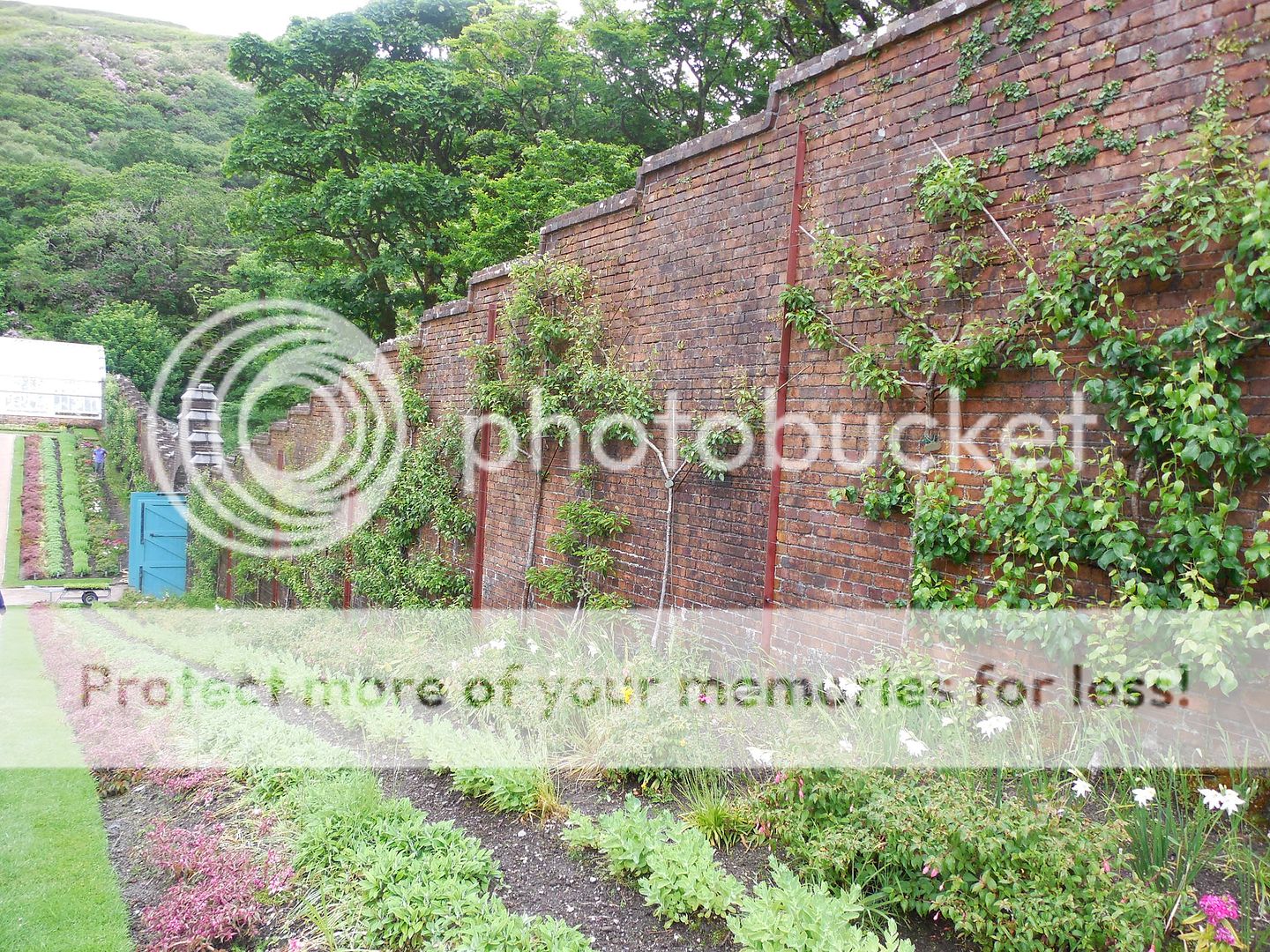
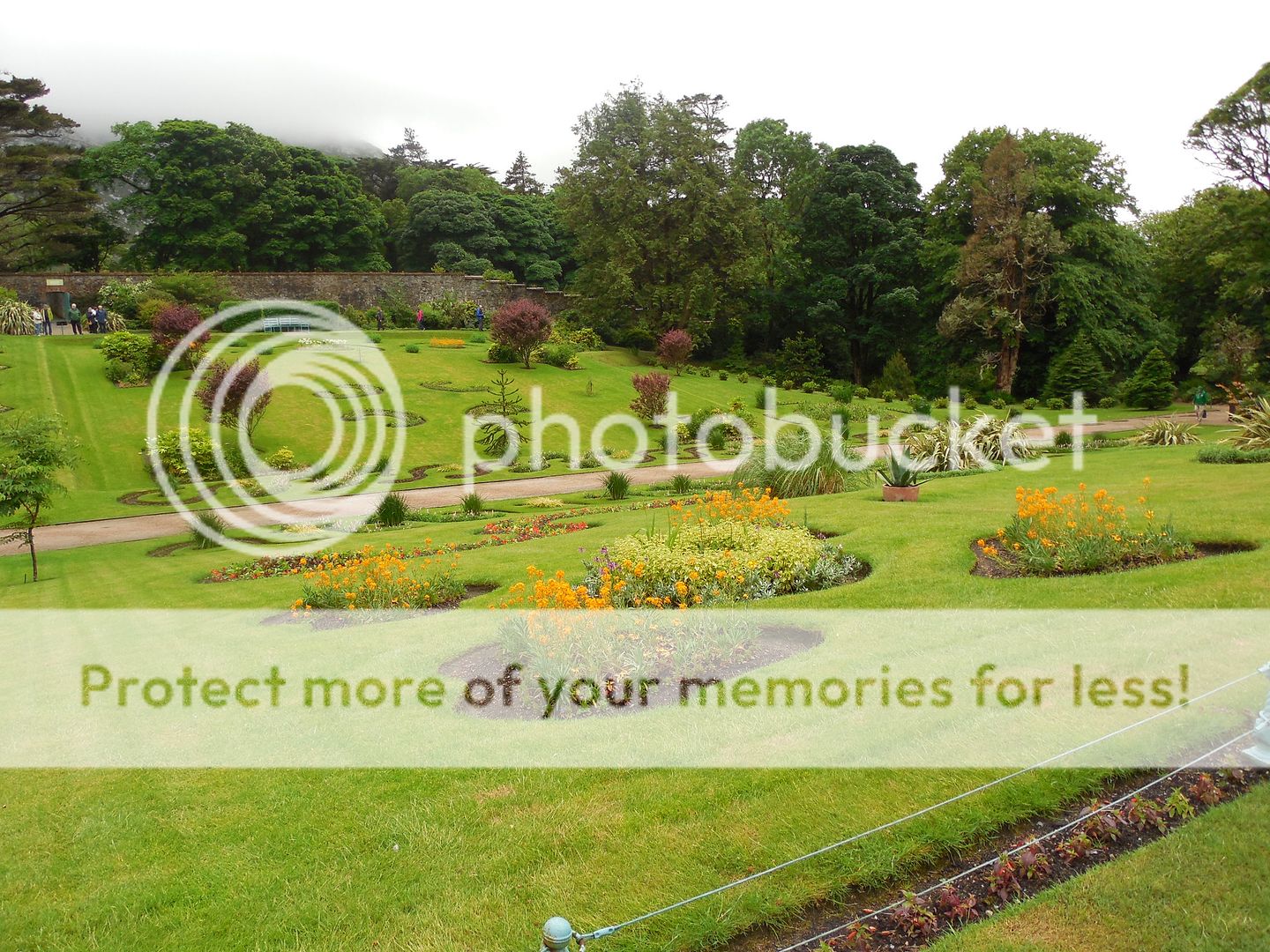
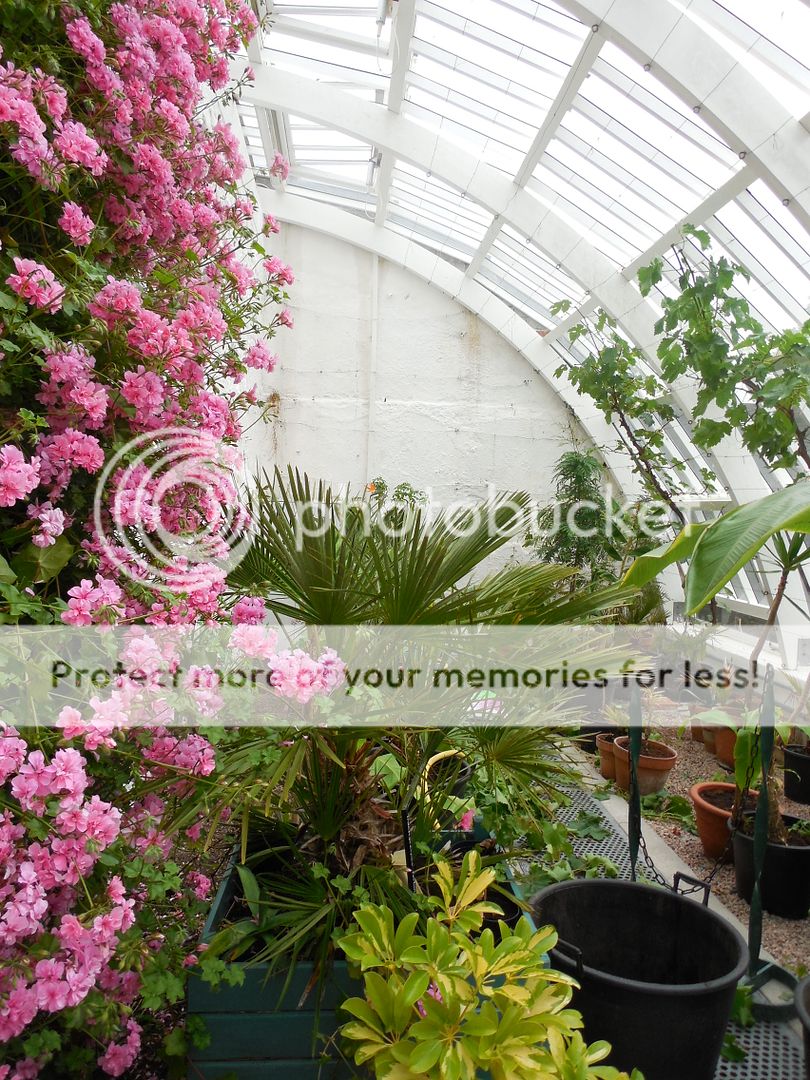
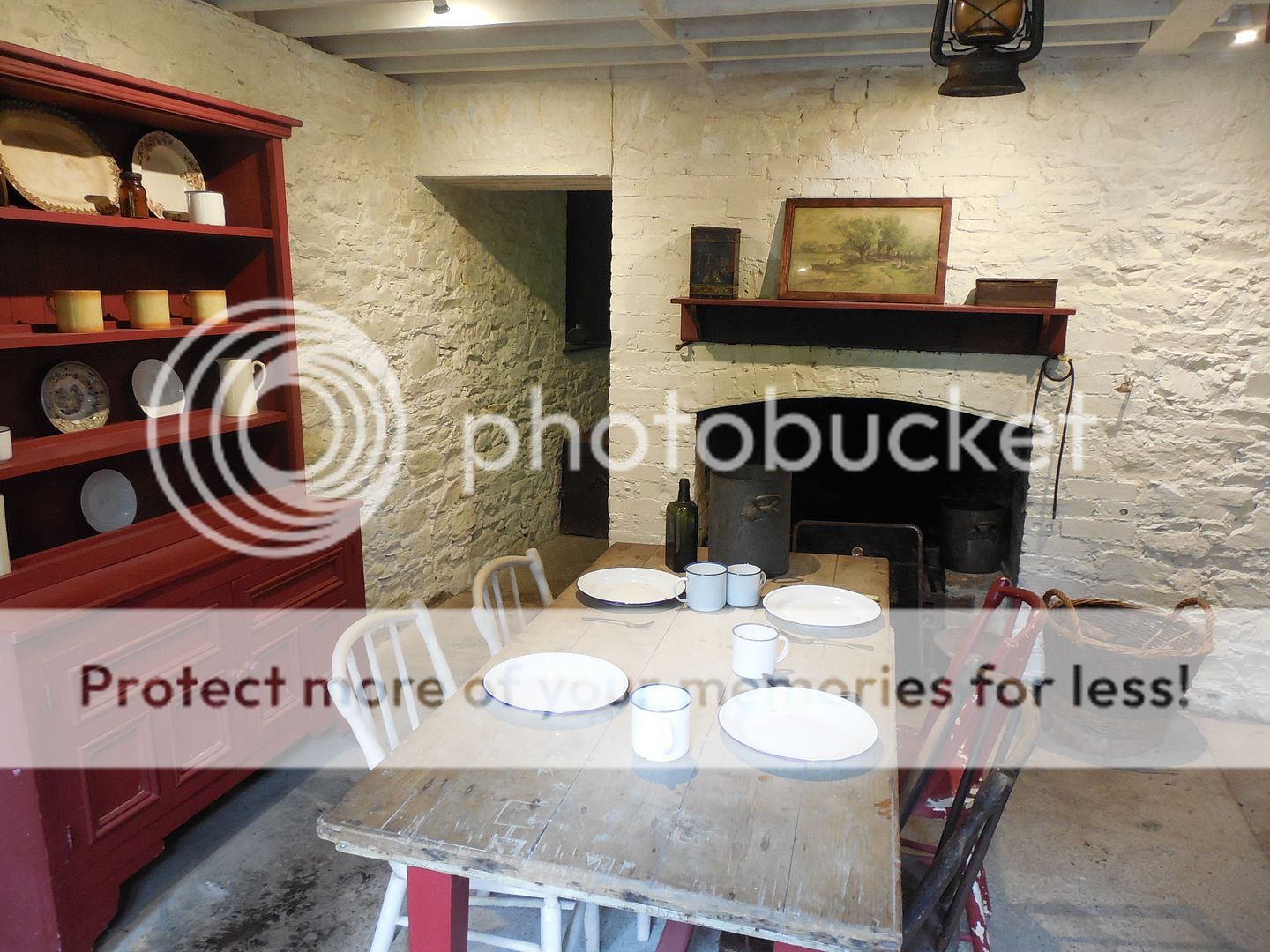
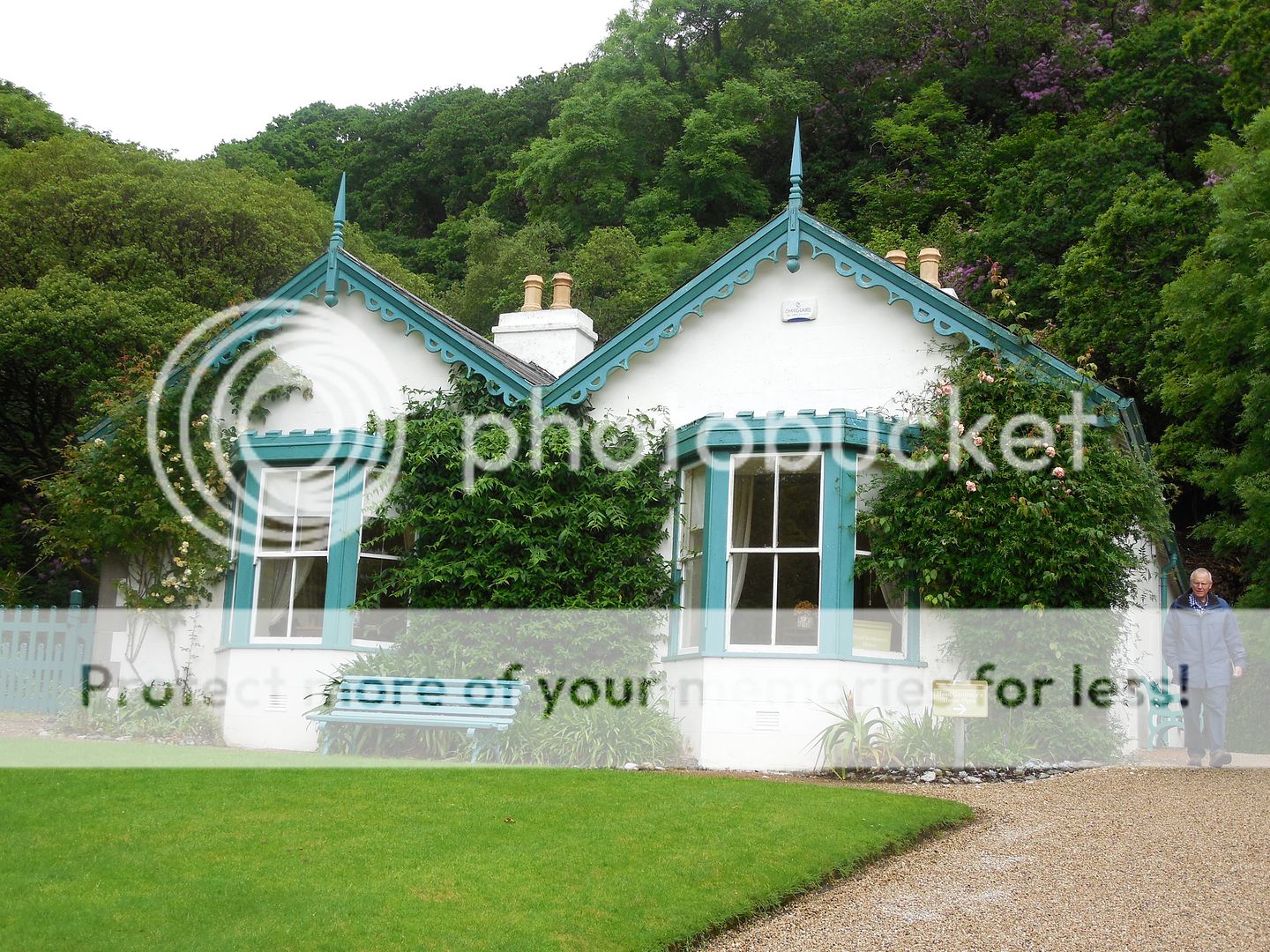

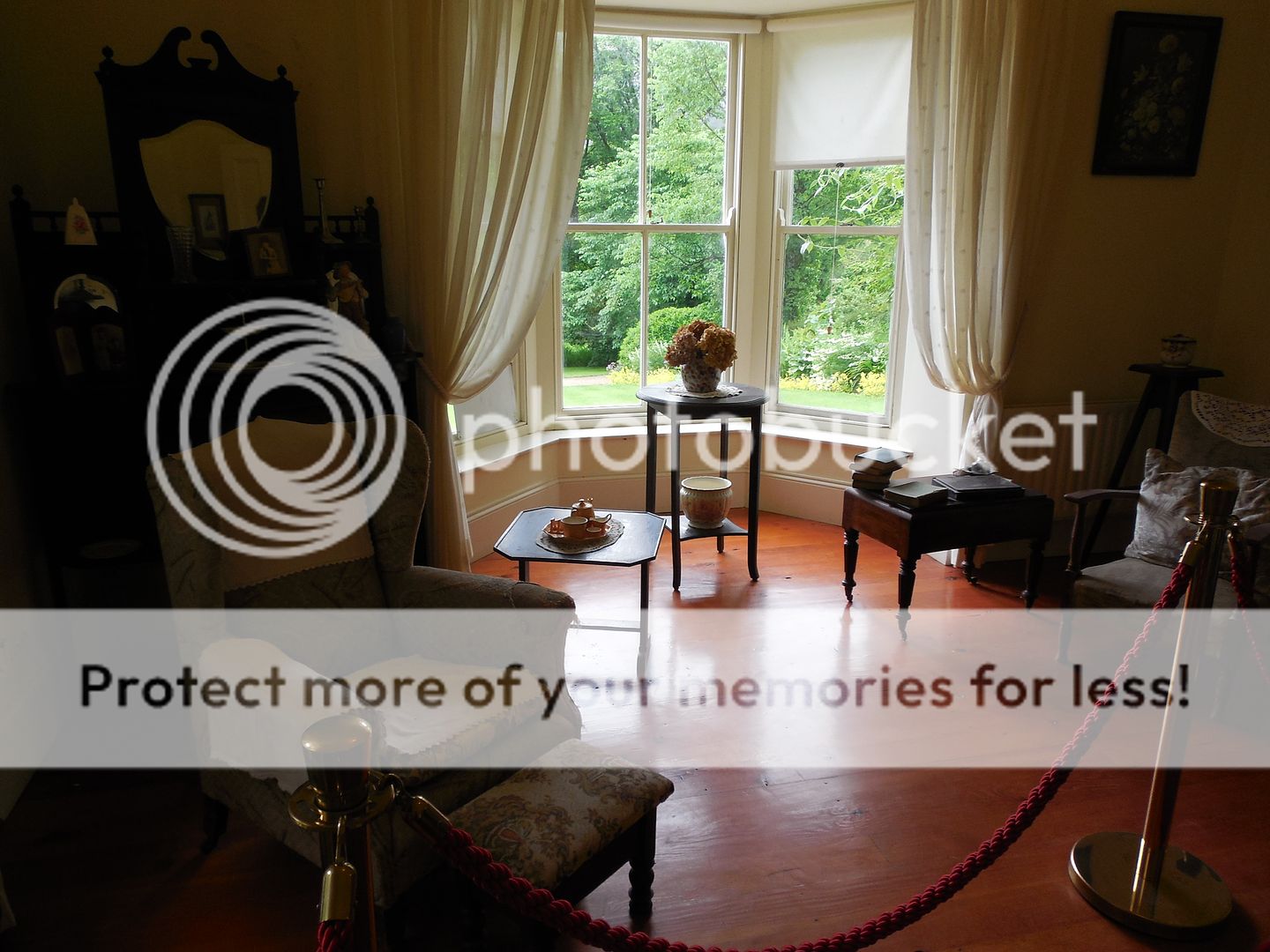



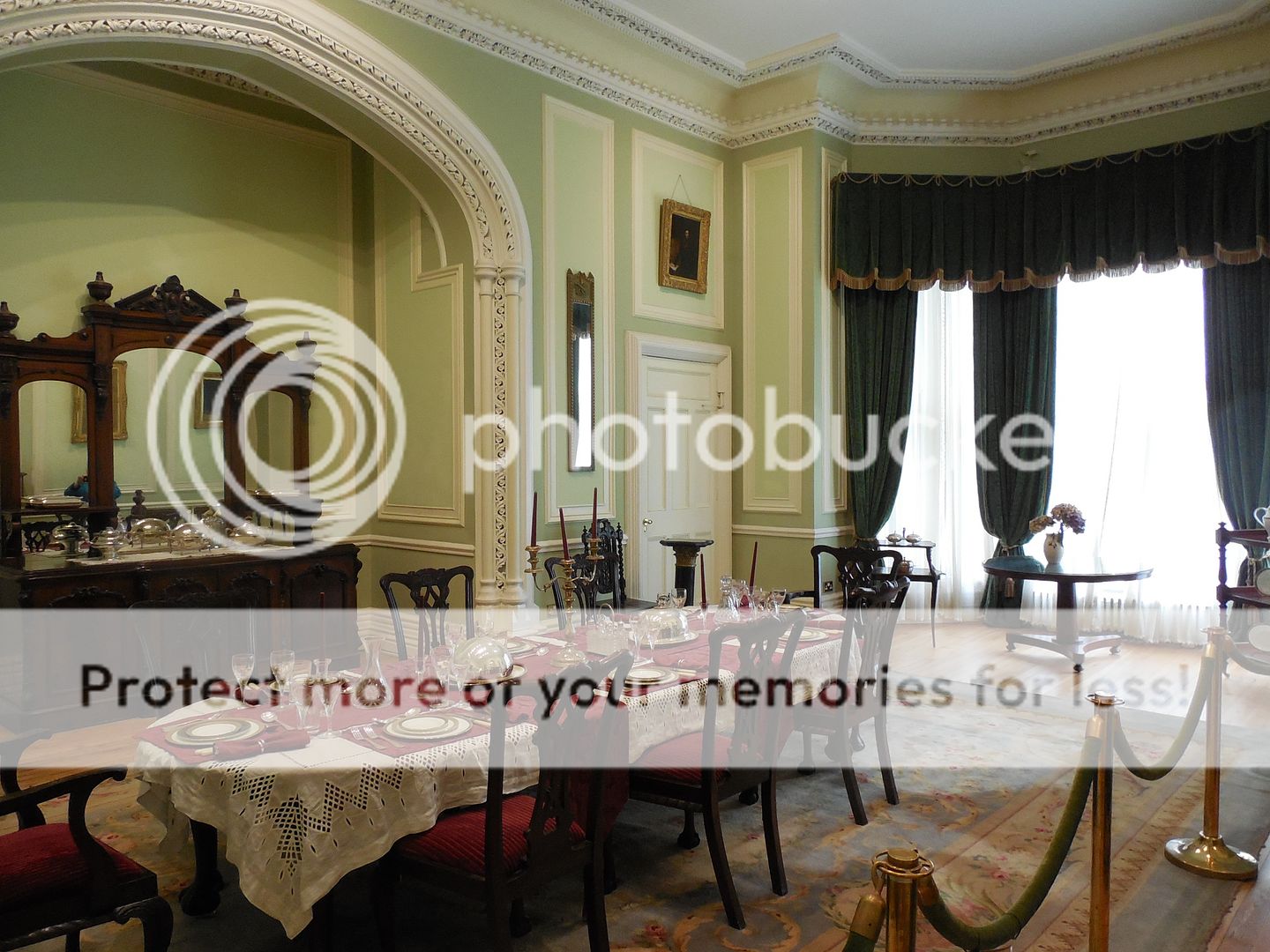
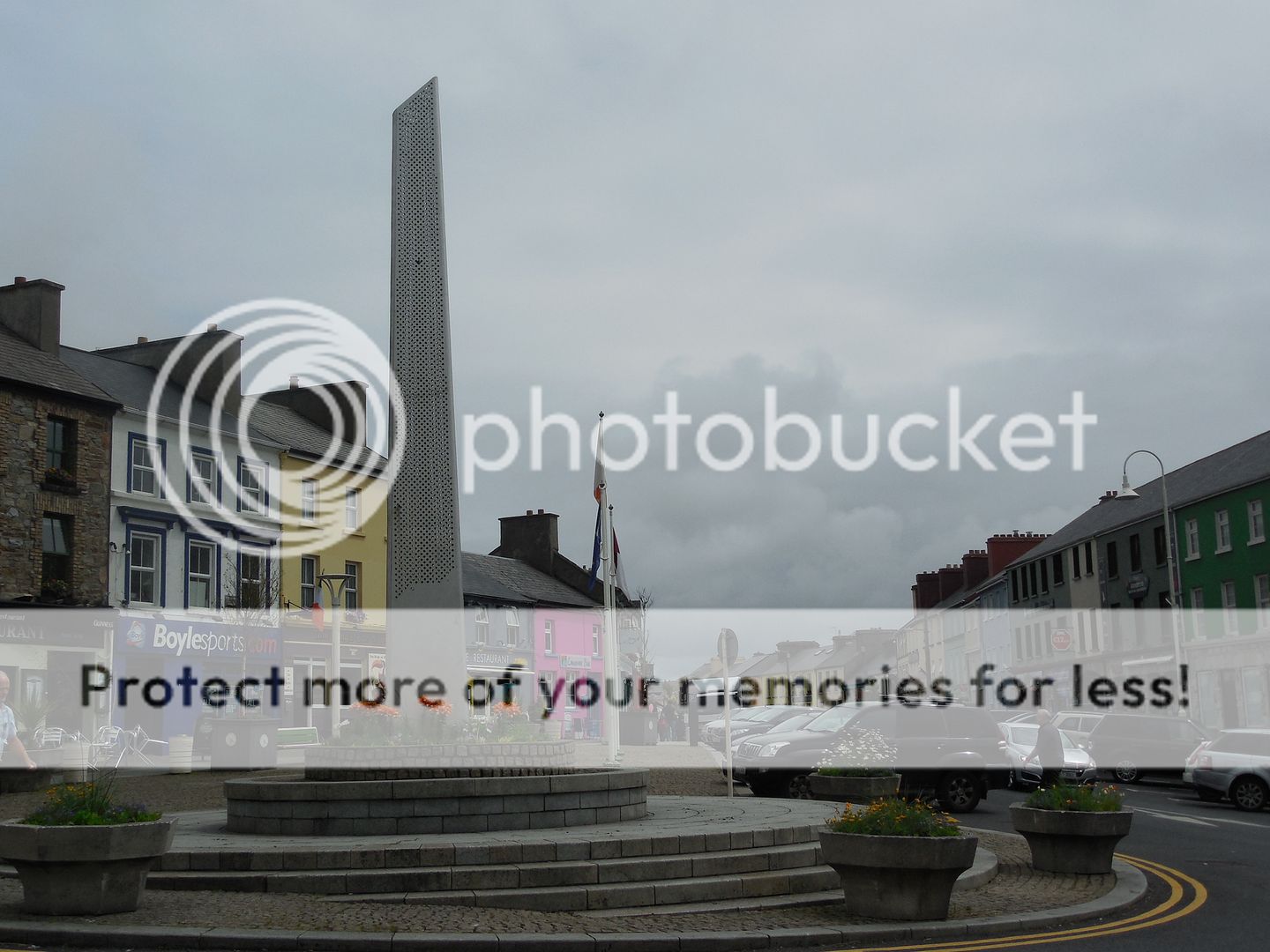
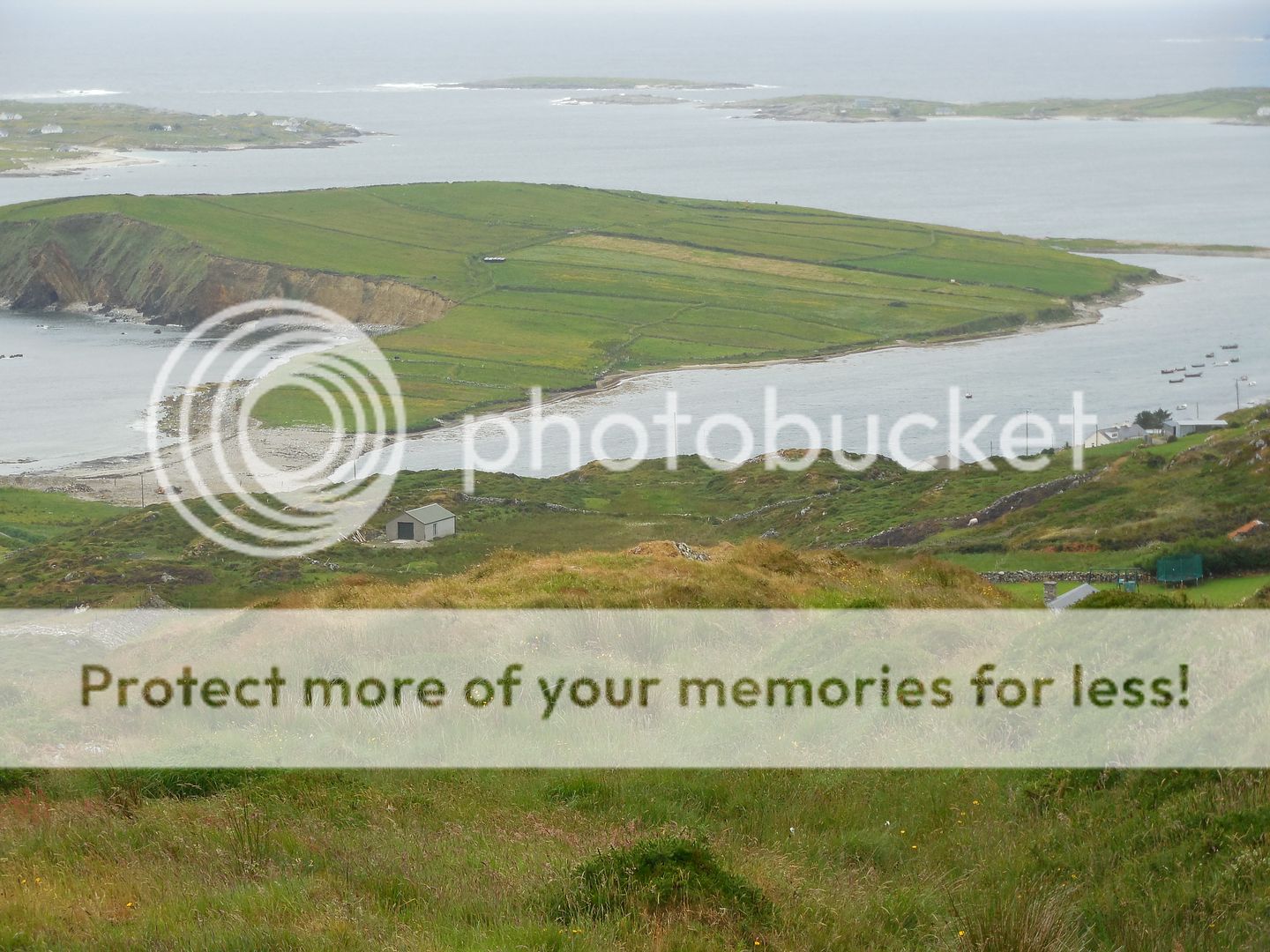
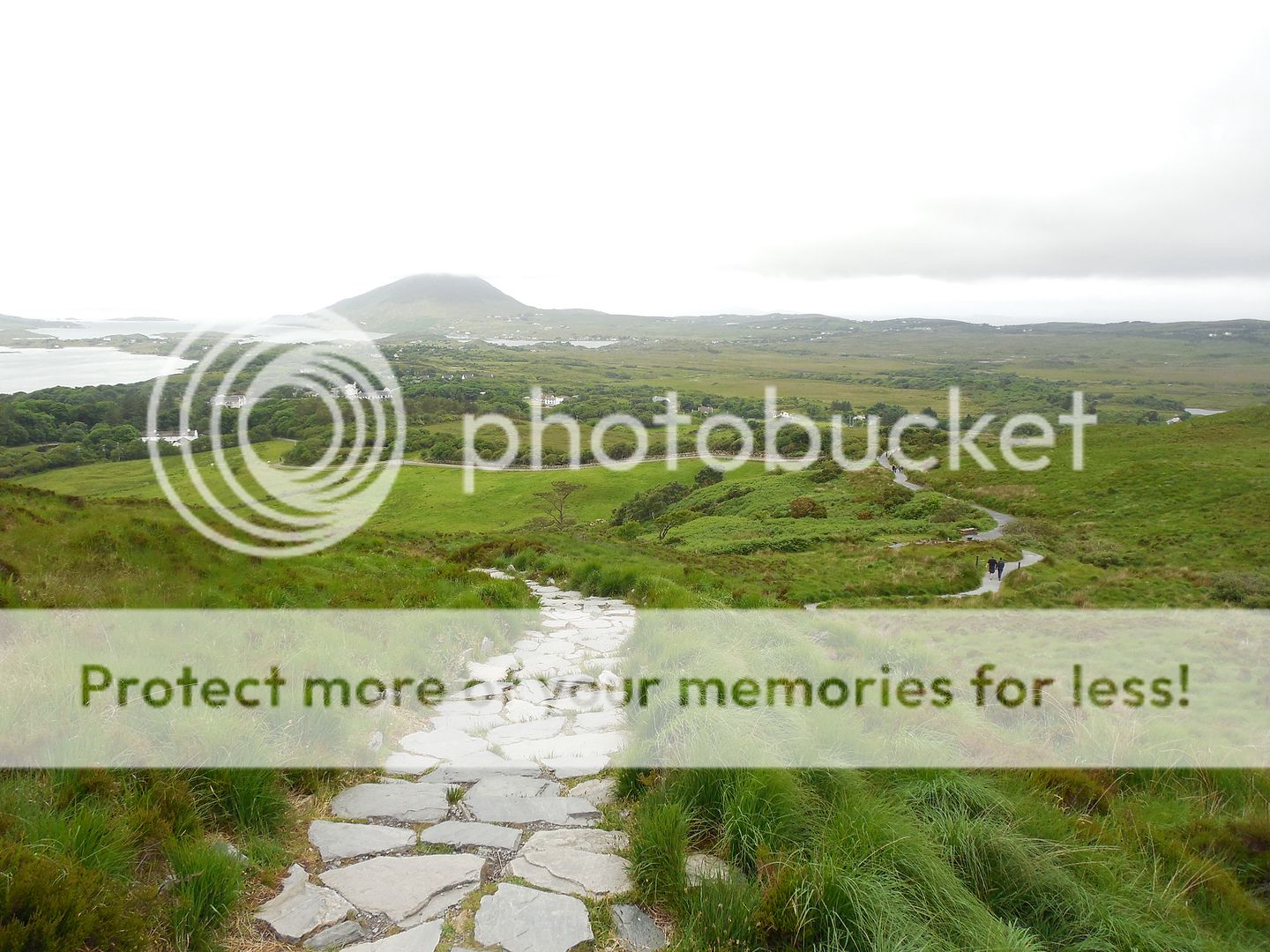
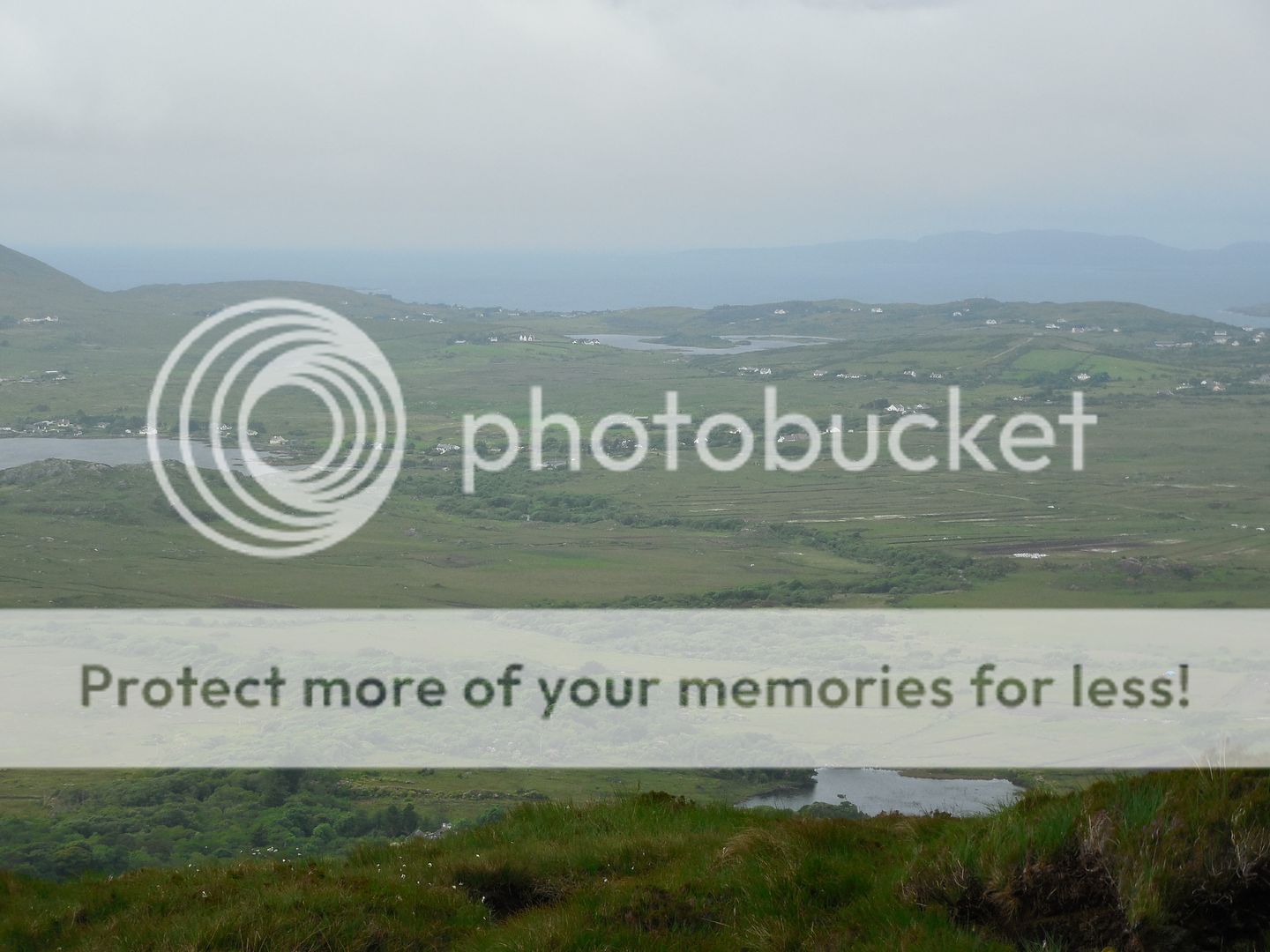
Can you imagine being so rich to own a home like that castle! I'd be VERY content with just the gardener's house. LOL
ReplyDeleteLove the Abbey - I would die to have gardens like that!
ReplyDelete